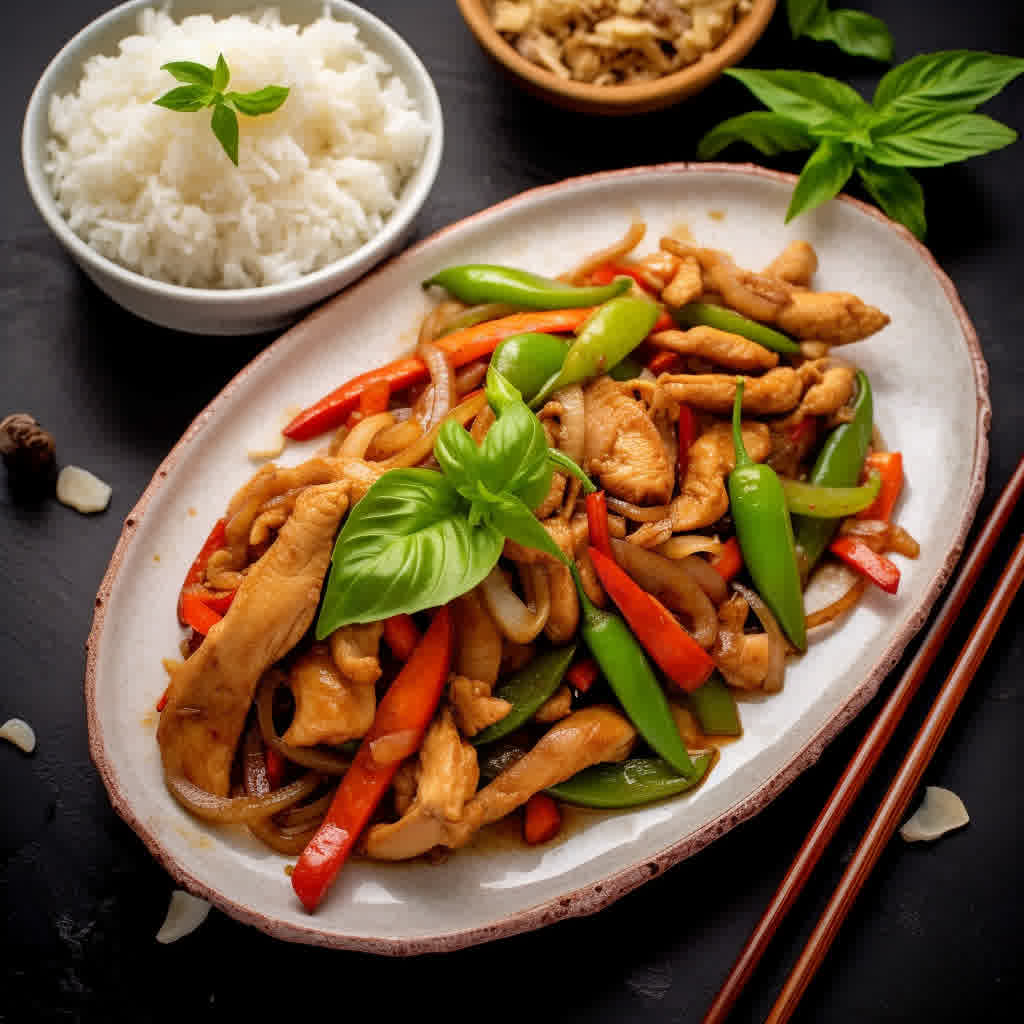12/29/2023
Oyster Sauce Chicken, a culinary masterpiece that has stood the test of time, boasts a rich history deeply embedded in the heart of Asian cuisine. As we embark on this gastronomic journey, let's delve into the origins of this delectable dish that has become a global favorite.
Oyster Sauce Chicken, a culinary masterpiece that has stood the test of time, boasts a rich history deeply embedded in the heart of Asian cuisine. As we embark on this gastronomic journey, let's delve into the origins of this delectable dish that has become a global favorite.
Oyster Sauce Chicken traces its roots to the vibrant kitchens of Asia, where the umami-packed oyster sauce was first concocted. Originating in southern China, this savory sauce was initially crafted by simmering oysters in water to extract their essence, creating a uniquely flavorful condiment. Over time, this sauce found its way into countless dishes, with Oyster Sauce Chicken emerging as a star in its own right.
The perfect Oyster Sauce Chicken is a harmonious blend of succulent chicken, aromatic garlic, and the deep, savory notes of oyster sauce. Achieving the ideal balance of flavors is an art, where each ingredient plays a crucial role in elevating the dish to culinary excellence.
The universal appeal of Oyster Sauce Chicken lies in its ability to captivate taste buds with its savory symphony. The dish transcends cultural boundaries, offering a flavorful escape that resonates with food enthusiasts worldwide. Its versatility allows for various interpretations, making it a beloved choice for both home cooks and seasoned chefs.
Oyster Sauce Chicken is a dish that knows no season, fitting seamlessly into every culinary landscape. Whether it's a cozy winter evening or a lively summer gathering, this dish brings warmth and flavor to the table. From casual family dinners to festive celebrations, Oyster Sauce Chicken remains a versatile and cherished addition to any occasion.
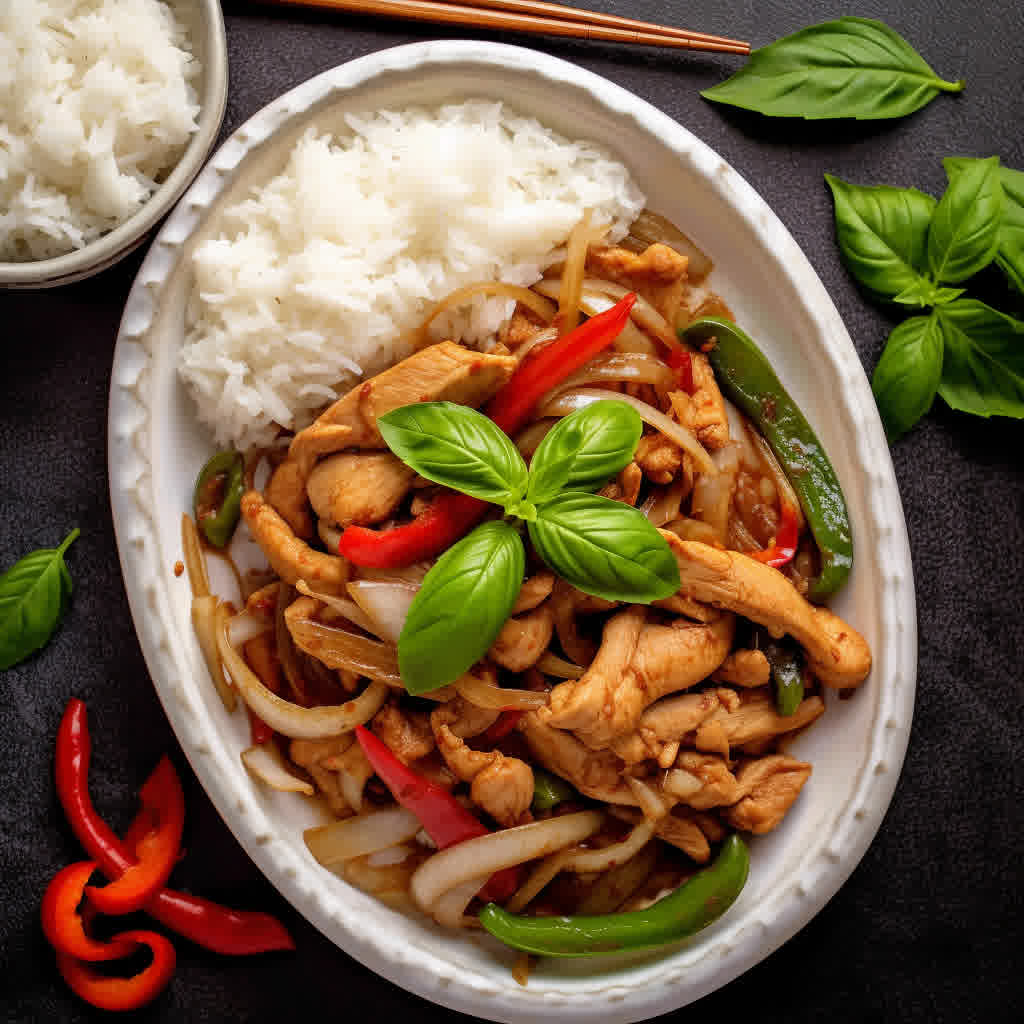
For new cooks, is it difficult to cook Oyster Sauce Chicken?
Fear not, aspiring chefs! While Oyster Sauce Chicken may sound like a culinary feat, its preparation is surprisingly approachable, even for those stepping into the kitchen for the first time. The straightforward steps and readily available ingredients make this dish an excellent starting point for anyone eager to explore the world of cooking.
Homemade Oyster Sauce Chicken holds a special allure that surpasses any takeout experience. Crafting this dish in the comfort of your kitchen allows you to control the quality of ingredients, customize flavors to your liking, and savor the satisfaction of creating a culinary masterpiece from scratch.
As we embark on this delicious journey, imagine the tantalizing aromas wafting through the kitchen, the sizzle of chicken meeting a hot pan, and the anticipation of that first flavorful bite. Oyster Sauce Chicken is not just a dish; it's an experience that engages all the senses, promising a culinary adventure like no other.
Get ready to fall in love with our Oyster Sauce Chicken recipe. We've carefully crafted each step to ensure a delightful outcome, inviting you to savor the perfect balance of flavors that make this dish a timeless classic.
Beyond its exquisite taste, Oyster Sauce Chicken brings health benefits to the table. Packed with protein from the chicken and a medley of nutrients from fresh ingredients, this dish proves that indulgence can be nutritious. Join us as we explore the culinary and health wonders of Oyster Sauce Chicken, where flavor and well-being unite in a symphony of satisfaction.
Ingredients You’ll Need
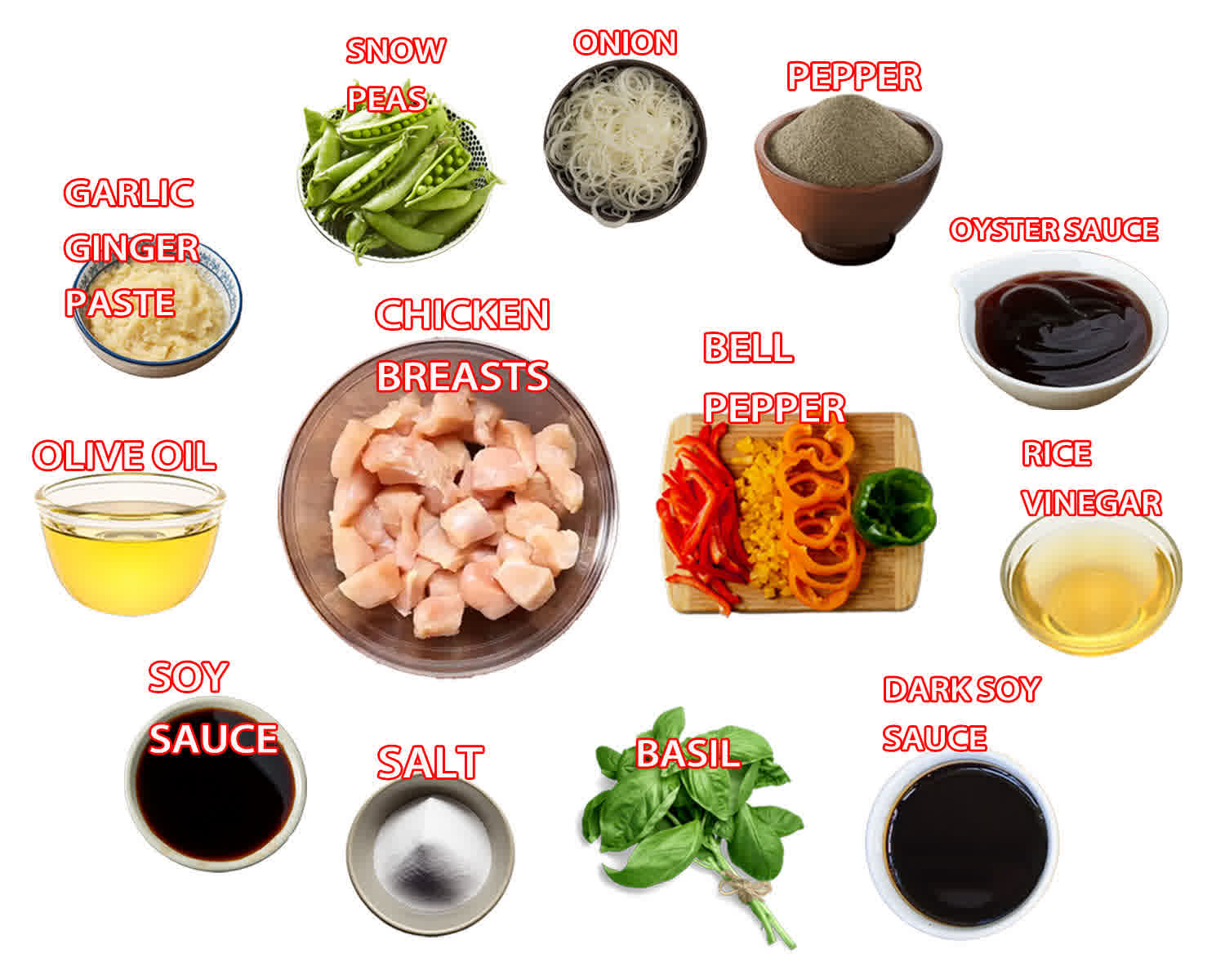
**Ingredients: **
- Dark Soy Sauce:
- Role: Dark soy sauce contributes depth and color to the dish, enhancing the overall visual appeal. Its robust flavor adds a layer of complexity, creating a well-rounded taste profile.
- Chicken:
- Role: The star of the show, chicken provides the protein foundation. Its succulent texture absorbs the flavors of the sauce, making each bite a savory delight.
- Bell Peppers:
- Role: Bell peppers add a burst of color and a crisp, sweet element to the dish. They bring a refreshing contrast to the savory chicken and contribute to the overall vibrancy of the meal.
- Snow Peas:
- Role: Snow peas provide a delightful crunch and a touch of sweetness. Their tender pods complement the dish, offering a textural contrast to the other ingredients.
- Onion:
- Role: Onion introduces a savory sweetness and depth to the dish. When cooked, it adds a rich flavor that harmonizes with the other components, enhancing the overall taste.
- Olive Oil:
- Role: Olive oil serves as the cooking medium, imparting a subtle fruity note. Its role is to prevent sticking, aid in even cooking, and contribute to the dish's overall mouthfeel.
- Oyster Sauce:
- Role: The namesake ingredient, oyster sauce, brings a unique umami flavor to the mix. It serves as the primary seasoning, infusing the dish with its rich and savory taste.
- Garlic and Ginger Paste:
- Role: The dynamic duo of garlic and ginger paste adds aromatic warmth and depth. They serve as the flavor foundation, elevating the dish with their pungent and spicy notes.
- Soy Sauce:
- Role: Soy sauce enhances the savory profile of the dish and complements the oyster sauce. Its saltiness adds a balancing element, ensuring a harmonious blend of flavors.
- Rice Wine Vinegar:
- Role: Rice wine vinegar provides a subtle tanginess, brightening the overall taste. Its acidity cuts through the richness of the sauce, adding a refreshing dimension.
- Seasonings:
- Role: The specific seasonings, whether herbs or spices, play a crucial role in fine-tuning the flavor. They contribute to the overall complexity, ensuring a well-balanced and nuanced taste.
- Water:
- Role: Water serves as the canvas on which the flavors meld. It helps create the sauce's desired consistency, ensuring it coats the ingredients evenly and delivers a satisfying mouthfeel.
- Basil:
- Role: Basil adds a fresh and aromatic touch, infusing the dish with its unique fragrance. It provides a herbal note that enhances the overall sensory experience of the Oyster Sauce Chicken.
How To Make Oyster Sauce Chicken
Time Required: Approximately 30-40 minutes
Servings: 4
1. Make The Sauce:
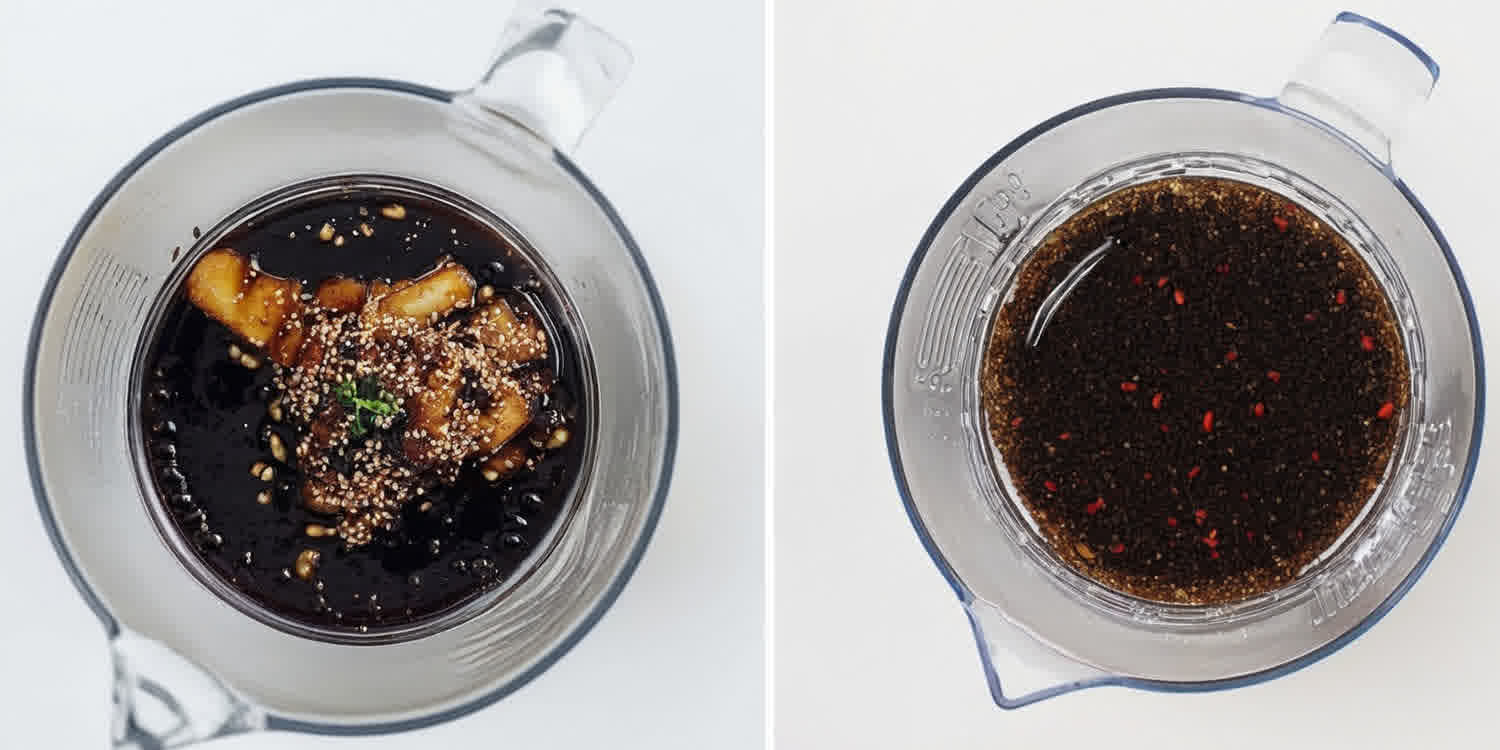
-
Ingredients:
-
1/4 cup Oyster Sauce
-
2 tablespoons Soy Sauce
-
1 tablespoon Rice Wine Vinegar
-
1 teaspoon Dark Soy Sauce
-
1/2 cup Water
-
Procedure:
-
In a bowl, combine Oyster Sauce, Soy Sauce, Rice Wine Vinegar, Dark Soy Sauce, and Water.
-
Whisk the ingredients until well-blended. Set the sauce aside to infuse.
2. Marinate The Chicken:
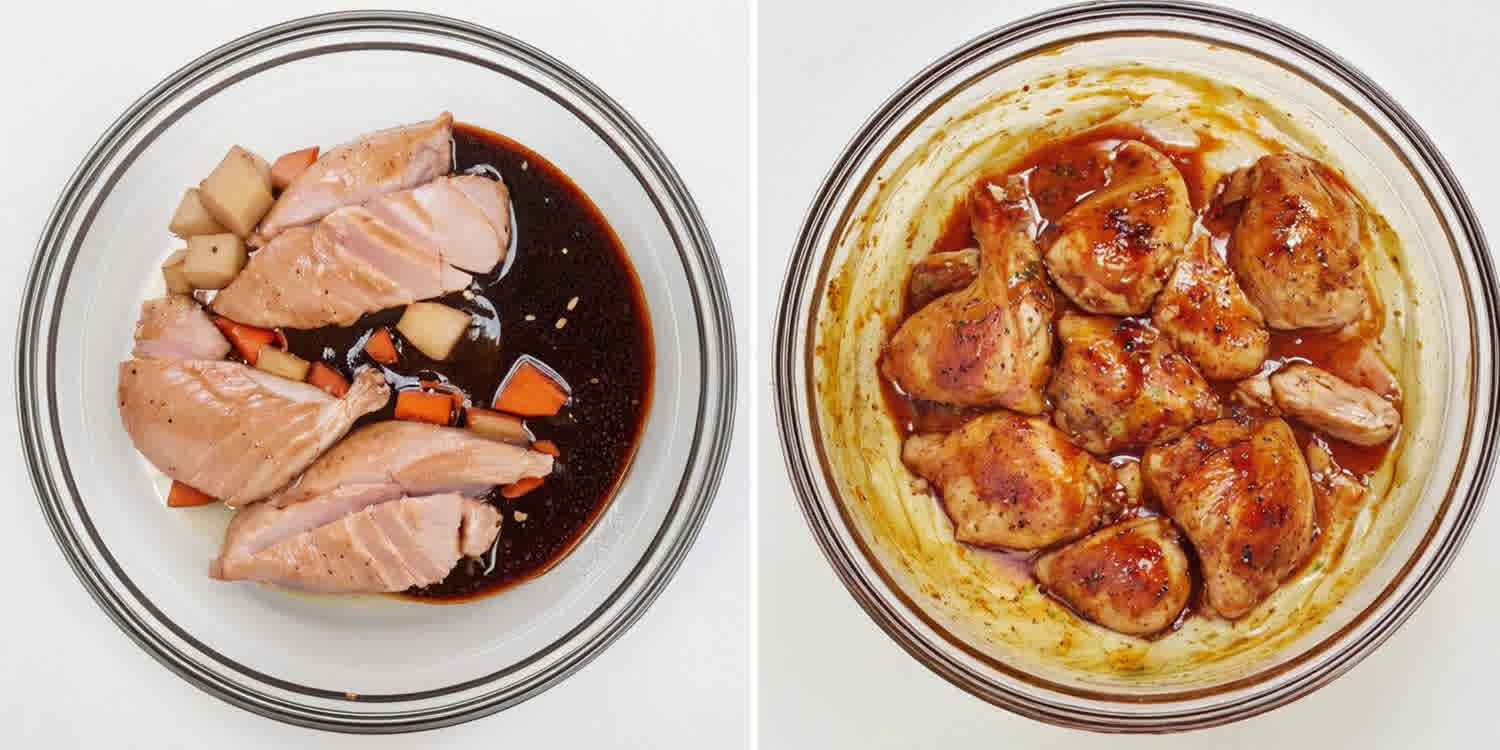
-
Ingredients:
-
1.5 lbs Chicken, boneless and cut into bite-sized pieces
-
1 tablespoon Garlic and Ginger Paste
-
Salt and Pepper to taste
-
Procedure:
-
Place the chicken pieces in a bowl.
-
Add Garlic and Ginger Paste, salt, and pepper.
-
Massage the marinade into the chicken, ensuring each piece is well-coated.
-
Allow the chicken to marinate for at least 15 minutes to absorb the flavors.
3. Stir Fry The Chicken:

-
Ingredients:
-
Marinated Chicken
-
2 tablespoons Olive Oil
-
Procedure:
-
Heat olive oil in a pan over medium-high heat.
-
Add the marinated chicken, ensuring an even layer.
-
Sear the chicken until golden brown on all sides and fully cooked.
-
Pour in the prepared sauce, coating the chicken evenly.
-
Allow the mixture to simmer for an additional 5-7 minutes, allowing the flavors to meld.
4. Finish The Dish:

-
Ingredients:
-
Stir-fried Chicken in Oyster Sauce
-
1 cup Bell Peppers, sliced
-
1 cup Snow Peas
-
1 cup Onion, sliced
-
Seasonings (to taste)
-
Procedure:
-
Add bell peppers, snow peas, and sliced onions to the pan with the chicken.
-
Stir-fry the vegetables until they are tender-crisp, maintaining their vibrant colors.
-
Season the dish to taste, adjusting salt and pepper if needed.
-
Allow the Oyster Sauce Chicken to simmer for an additional 3-5 minutes, ensuring all components are well-incorporated.
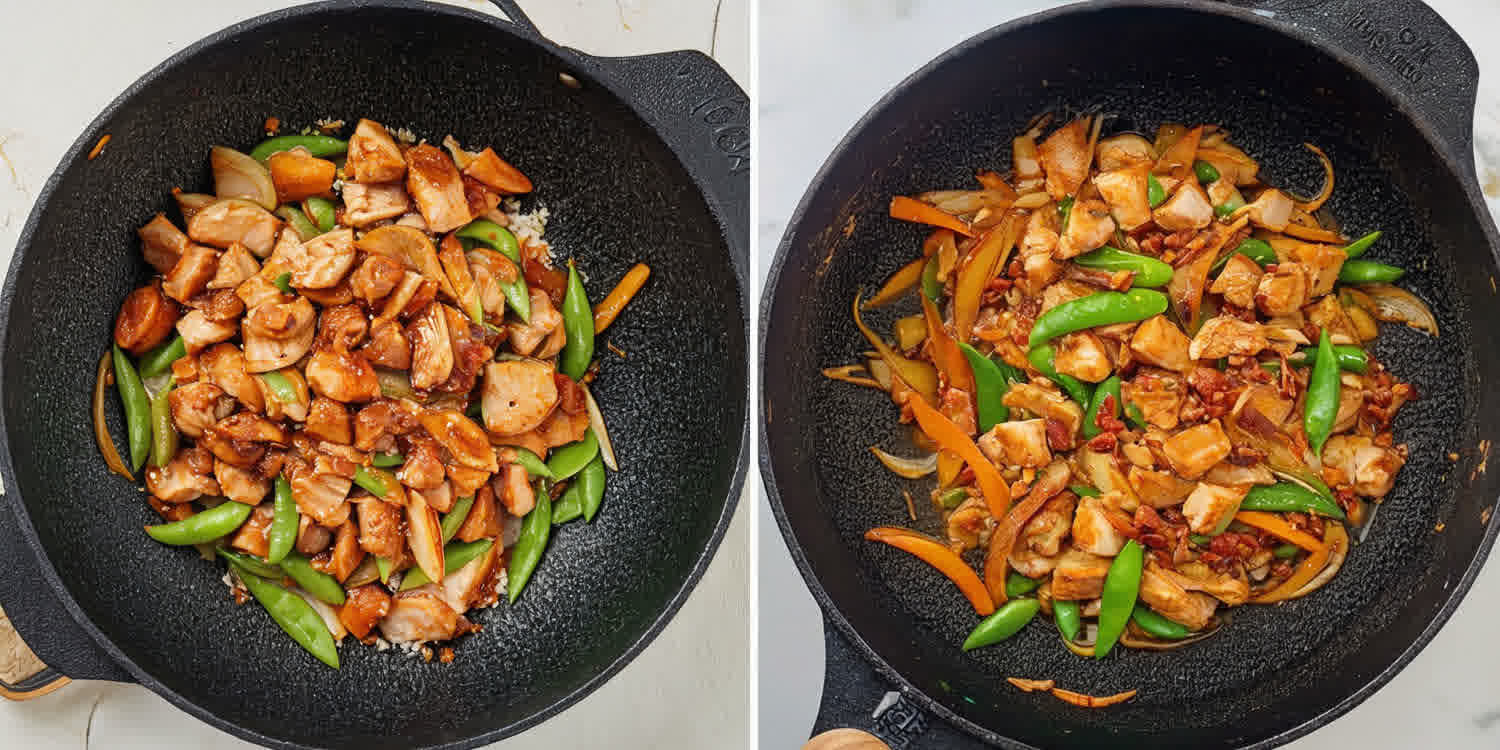
5. Garnish And Serve:
-
Ingredients:
-
Basil leaves for garnish
-
Procedure:
-
Garnish the Oyster Sauce Chicken with fresh basil leaves.
-
Serve the dish over steamed rice or noodles, allowing the savory sauce to meld with the base.
-
Enjoy the symphony of flavors in this homemade Oyster Sauce Chicken, a testament to the culinary magic that unfolds in your very own kitchen.
Pro Tips:
-
Customize the dish by adding your favorite vegetables like mushrooms or broccoli.
-
Adjust the spice level by adding chili flakes or sliced chili peppers.
-
For an extra burst of freshness, squeeze a bit of lime juice before serving.
Now, revel in the satisfaction of creating a restaurant-worthy Oyster Sauce Chicken that not only tantalizes the taste buds but also showcases your culinary prowess. Indulge in the flavorful journey you've just embarked upon!
Frequently Asked Questions
- Can I use chicken breast instead of chicken thighs in this recipe?
- Absolutely! While chicken thighs add a rich flavor, chicken breast can be a leaner alternative. Adjust cooking times accordingly to prevent overcooking.
- Is dark soy sauce necessary, or can I use regular soy sauce?
- Dark soy sauce contributes depth and color, but regular soy sauce can be a substitute. Keep in mind that the color and flavor intensity may vary.
- Can I make this recipe without oyster sauce for a vegetarian version?
- While the essence of Oyster Sauce Chicken lies in oyster sauce, you can explore vegetarian oyster sauce or soy-based alternatives for a meat-free version.
- What vegetables can I add, besides bell peppers and snow peas?
- Get creative! Mushrooms, broccoli, carrots, or baby corn can enhance the dish. Add your favorite vegetables for a personalized touch.
- How long should I marinate the chicken for the best flavor?
- Marinate the chicken for at least 15 minutes to allow the flavors to penetrate. For a deeper infusion, marinate for up to 30 minutes.
- Can I prepare the sauce in advance and refrigerate it?
- Absolutely! Prepare the sauce ahead of time and refrigerate it in an airtight container. Bring it to room temperature before use and stir well.
- What can I serve Oyster Sauce Chicken with, besides rice?
- This versatile dish pairs well with noodles, quinoa, or even a bed of steamed vegetables for a low-carb option.
- Can I use fresh basil substitutes, such as dried basil or cilantro?
- Fresh basil offers a distinct flavor, but dried basil or cilantro can be used as substitutes. Adjust quantities to taste.
- Is it necessary to use rice wine vinegar, or can I use other vinegars?
- Rice wine vinegar adds a subtle sweetness. While other vinegars can be used, they might alter the dish's intended flavor profile.
- How do I store leftovers, and can I reheat them?
- Store leftovers in an airtight container in the refrigerator. Reheat gently on the stovetop or in the microwave, adding a splash of water if needed to retain moisture.
Expert Tips
- Choose Quality Oyster Sauce:
- Opt for a high-quality oyster sauce to ensure a rich and authentic flavor profile. Look for brands with a good balance of umami and sweetness.
- Balance the Soy Sauce:
- Adjust the ratio of dark soy sauce to regular soy sauce based on personal preference. A careful balance enhances the color and flavor without overpowering the dish.
- Perfecting Chicken Marination:
- Allow the chicken to marinate for at least 15 minutes, but if time permits, extend it to 30 minutes for a more intense infusion of flavors.
- Sear Chicken for Depth:
- Achieve a golden brown sear on the chicken for added depth of flavor. This caramelization enhances both the appearance and taste of the dish.
- Control the Heat:
- Maintain a medium-high heat while stir-frying the chicken to ensure thorough cooking without compromising its juiciness. Adjust heat as needed during the cooking process.
- Prep Vegetables Strategically:
- Slice vegetables uniformly to ensure even cooking. Add heartier vegetables first and delicate ones towards the end to maintain their texture and vibrancy.
- Adjust Seasoning Gradually:
- Season the dish in stages, tasting as you go. This allows for precise control over the saltiness and ensures a perfectly seasoned Oyster Sauce Chicken.
- Fresh Basil Finishing Touch:
- Use fresh basil leaves just before serving for a burst of aromatic freshness. Tear the leaves rather than chopping to release their oils.
- Explore Optional Ingredients:
- Embrace creativity by adding your favorite vegetables or experimenting with different protein sources like shrimp or tofu. This recipe is a canvas for culinary exploration.
- Reheat with Care:
- When reheating leftovers, add a splash of water to maintain the dish's moisture. Heat gently to prevent overcooking and preserve the original flavors.
Master these expert tips, and you'll elevate your Oyster Sauce Chicken to a culinary masterpiece that not only delights the palate but showcases your culinary finesse. Enjoy the journey of crafting a restaurant-worthy dish in the comfort of your own kitchen.
Storage
- Refrigerate Promptly:
- Once cooled to room temperature, store any leftover Oyster Sauce Chicken in an airtight container and promptly refrigerate to prevent bacterial growth.
- Consume Within 3-4 Days:
- For optimal freshness, aim to consume refrigerated leftovers within 3-4 days. Beyond this timeframe, the dish may lose its texture and flavor.
- Separate Sauces and Components:
- If possible, store the sauce separately from the chicken and vegetables. This helps maintain the integrity of each element, preventing sogginess.
- Label Containers:
- Labeling containers with the date of preparation can help you keep track of freshness and make informed decisions about consumption.
- Freezing Considerations:
- While Oyster Sauce Chicken can be frozen, be mindful that vegetables may change texture upon thawing. Freeze in portioned containers for easy reheating.
- Use Freezer-Friendly Containers:
- Opt for containers specifically designed for freezing. Ensure they are airtight to prevent freezer burn and maintain the dish's quality.
- Reheat Gradually:
- When reheating frozen Oyster Sauce Chicken, thaw it in the refrigerator overnight before reheating gently on the stovetop or in the microwave.
- Add Moisture Before Reheating:
- If reheating in the microwave, consider adding a splash of water to maintain the dish's moisture. This helps prevent dryness, especially in the chicken.
- Avoid Repeated Freezing and Thawing:
- While technically safe, repeated freezing and thawing can impact the texture of the dish. Aim to freeze in portions to minimize the need for multiple thawing sessions.
- Reevaluate Before Consumption:
- Before consuming leftovers, visually inspect the dish. If there are any signs of spoilage, such as an off smell or unusual texture, exercise caution and consider discarding the leftovers.
By adhering to these storage guidelines, you can ensure that your Oyster Sauce Chicken retains its delectable flavors and textures, allowing you to enjoy this culinary creation over multiple servings.
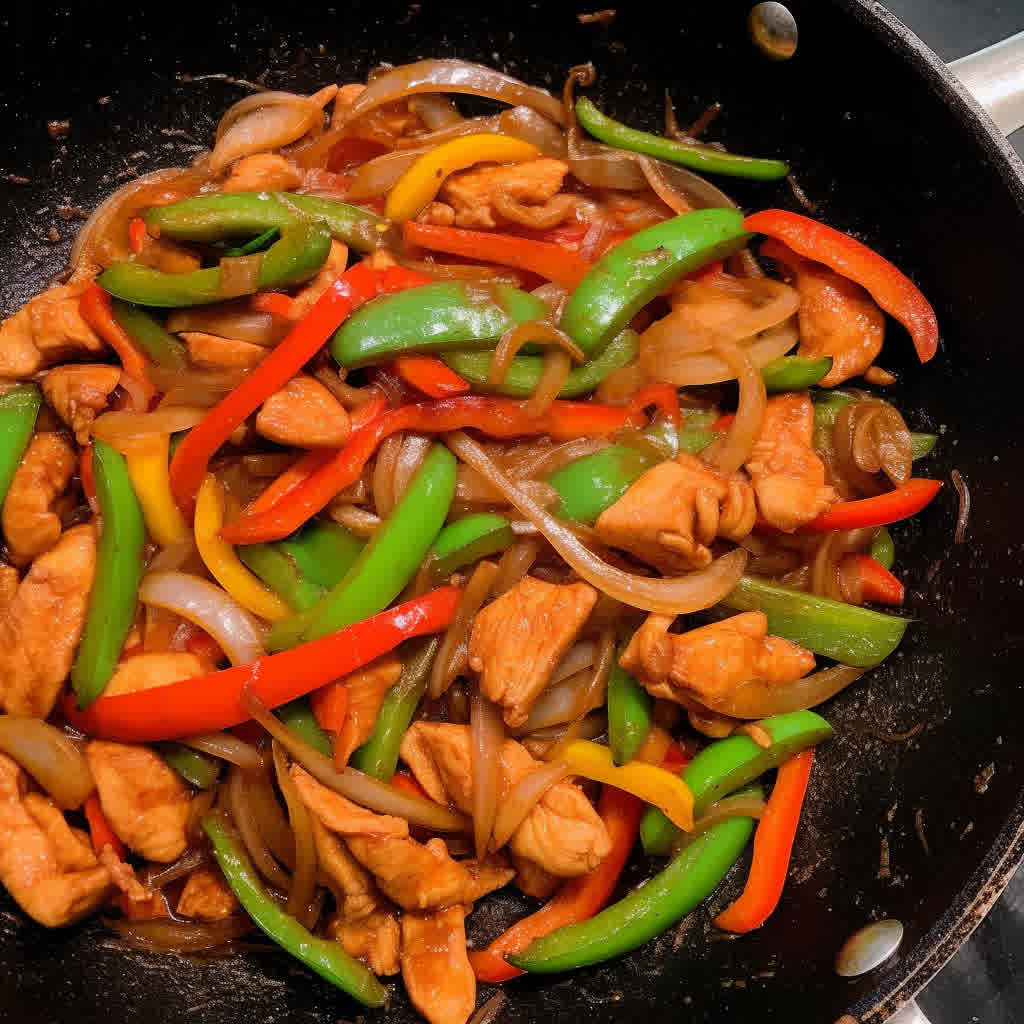
**Serving Suggestions: **
- Steamed Jasmine Rice:
- Serve the Oyster Sauce Chicken over a bed of fluffy steamed jasmine rice to soak up the savory sauce, creating a satisfying and classic pairing.
- Noodles Galore:
- Explore a world of noodle possibilities by serving the dish over your favorite noodles—be it rice noodles, egg noodles, or even udon—for a delightful fusion experience.
- Quinoa or Cauliflower Rice:
- For a low-carb option, pair the Oyster Sauce Chicken with quinoa or cauliflower rice. Enjoy the flavors without compromising on health-conscious choices.
- Asian-Inspired Fried Rice:
- Transform ordinary fried rice into an extraordinary side by incorporating the Oyster Sauce Chicken. The dish's flavors will infuse the rice with a delightful twist.
- Lettuce Wraps:
- Embrace a hands-on dining experience by serving the stir-fried chicken and vegetables in crisp lettuce cups. A refreshing and light alternative.
- Stir-Fried Noodle Bowl:
- Create a vibrant noodle bowl by tossing stir-fried Oyster Sauce Chicken and vegetables with your favorite noodles. Add a sprinkle of sesame seeds for an extra touch.
- Bok Choy and Baby Corn Stir-Fry:
- Elevate the vegetable component by preparing a side of stir-fried bok choy and baby corn. The crisp textures complement the saucy chicken perfectly.
- Asian-Inspired Salad:
- Transform the dish into a salad by serving it over a bed of fresh greens, drizzling the oyster sauce as a dressing. Add chopped peanuts or sesame seeds for a crunchy finish.
- Sesame Garlic Broccoli:
- Accompany the Oyster Sauce Chicken with a side of sesame garlic broccoli. The robust flavors of the broccoli complement the savory notes of the main dish.
- Cucumber Kimchi:
- Introduce a touch of tangy heat with a side of cucumber kimchi. The contrasting flavors add a dynamic element to the Oyster Sauce Chicken experience.
Experiment with these serving suggestions to tailor the Oyster Sauce Chicken to your preferences and create a memorable dining experience. Each option offers a unique twist, ensuring that your meal is not only delicious but also a feast for the eyes.
**Tips for Success: **
- Quality Oyster Sauce Matters:
- Invest in a high-quality oyster sauce to ensure the dish's authentic and rich flavor. The sauce is a key player, so choose a brand with a well-balanced taste profile.
- Balancing Soy Sauce Intensity:
- Adjust the ratio of dark soy sauce to regular soy sauce based on your preference. A careful balance ensures a visually appealing color without overwhelming the dish.
- Precision in Chicken Marination:
- Ensure the chicken is evenly coated with the marinade, allowing it to absorb flavors fully. Don't rush this step; a well-marinated chicken contributes significantly to the final taste.
- Optimal Chicken Searing:
- Achieve a golden-brown sear on the chicken by avoiding overcrowding the pan. Searing enhances the dish's visual appeal and adds depth to the overall flavor.
- Vegetable Texture Maintenance:
- Stir-fry heartier vegetables like bell peppers first, adding delicate ones later to maintain their crisp texture. This sequential approach ensures a harmonious blend of textures.
- Gradual Seasoning Approach:
- Season the dish in stages, tasting as you go. This method allows for precise control over saltiness and ensures a perfectly seasoned Oyster Sauce Chicken.
- Fresh Basil Finishing Touch:
- Add fresh basil leaves just before serving to preserve their aromatic oils. Tearing the leaves releases their full flavor and enhances the dish's overall fragrance.
- Explore Optional Ingredients Creatively:
- Feel free to experiment with additional vegetables or protein sources like shrimp or tofu. Oyster Sauce Chicken is a versatile canvas for culinary creativity.
- Gentle Reheating Techniques:
- When reheating, do so gently to prevent overcooking. Add a splash of water to maintain moisture, especially when using the microwave.
- Visual Inspection Before Serving:
- Before serving leftovers, visually inspect the dish. If there are any signs of spoilage, such as an off smell or unusual texture, exercise caution and consider discarding the leftovers.
By adhering to these tips for success, you'll master the art of crafting a flawless Oyster Sauce Chicken that not only tantalizes the taste buds but also showcases your culinary finesse. Enjoy the journey of creating a restaurant-worthy dish in the comfort of your own kitchen.
**Conclusion: **
1. As we conclude this culinary adventure, let's take a moment to savor the journey we've embarked upon—a journey filled with aromatic spices, savory sauces, and the rhythmic sizzle of stir-frying perfection. From the careful marination of the chicken to the vibrant colors of fresh vegetables dancing in the pan, each step has been a testament to the artistry that unfolds in the kitchen.
We've explored the nuances of balancing flavors, the importance of quality ingredients, and the joy of creating a dish that not only satisfies the palate but also nourishes the soul. The homemade Oyster Sauce Chicken journey is a celebration of the love and passion we pour into our cooking, turning a handful of raw ingredients into a symphony of flavors.
2. If you've followed along, you've witnessed the magic of Oyster Sauce Chicken coming to life. Now, it's your turn! I encourage you to don the apron, gather the ingredients, and dive into the delightful world of homemade Oyster Sauce Chicken. Whether you're a seasoned chef or a kitchen novice, this recipe invites you to explore, create, and savor the satisfaction of crafting a delicious masterpiece in your own kitchen.
The beauty of this dish lies not just in its rich flavors but in the joy of sharing a homemade meal with loved ones. So, gather your ingredients, embrace the process, and let the aroma of Oyster Sauce Chicken fill your kitchen—a fragrance that speaks of culinary triumph and the joy of creating something truly special.
Here's to the countless meals shared, memories created, and the pleasure of savoring the fruits of your culinary labor. May your Oyster Sauce Chicken be a testament to the love you infuse into your cooking. Cheers to delicious journeys and the delightful experiences that unfold around the table!
